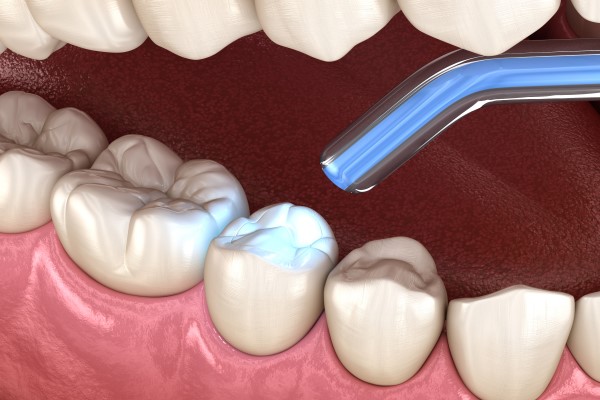What Happens During a Dental Filling Procedure?

There is no need to panic if you have just found out you have a cavity; the most common treatment approach is to undergo a dental filling procedure. Dental fillings materials can be made from resin, ionomers, gold, amalgam, or ceramics and are used to replace decaying tooth material during the filling process.
The dental fillings procedure
Although it may seem intimidating, tooth cavity filling is a straightforward operation that is completed in the dental office. Patients who have an appointment can expect their meeting with the dentist to last for about an hour, depending on the number of teeth that require a filling. The dentist will have enough time to take x-rays, discuss the details of the procedure and conduct the procedure in this period.
Application of local anesthesia
To reduce discomfort, the dentist will numb the patient's gums, teeth, and adjacent skin with a local anesthetic before beginning the cavity filling procedure. They will accomplish this by applying a jelly-like material to the teeth and the surrounding area. This will cause numbness, and then anesthesia will be administered into the gum of the damaged tooth. Patients who struggle with dental anxiety can talk to the general dentist about sedation options to make their dental visit more pleasant.
Placement of a rubber dam
A rubber sheet may be placed in the mouth by the dentist in certain cases to provide simple access to the damaged tooth. It also isolates the tooth and prevents fluids or tooth chips from entering the mouth and getting ingested.
Eliminating the decay
After that, the dentist will use a laser, drill, or air abrasion instrument to remove the decaying material in the tooth. This step may seem frightening and terrible, but the anesthetics and numbing used at the beginning will greatly lessen the discomfort. The dentist will clean the region thoroughly when the tooth is completely free of decay.
Filling the cavity
A gap is left once the decaying material is removed from the tooth. At this point, the dentist will fill the gap using dental filling materials. This is to prevent germs from forming in the region and to protect the tooth from further decay. Once the cavity is filled, the dentist will smoothen the tooth to restore its shape and luster. This process only takes a few minutes.
The numbness in the mouth will last for a few hours after the dentist completes the filling process until the anesthetic wears off. To avoid injury, avoid chewing with the treated tooth or consuming hot foods at that time. It is important to remember that the filled tooth may be sensitive to cold and heat for a few days or a week following the procedure. The sensitivity will usually go away eventually.
In conclusion
Although dental filling procedures usually have no substantial risks, you should contact your dentist if you have any questions or worries. They will be happy to attend to your concerns. Make sure you follow the dentist's instructions to the letter. If you suspect you might have cavities, book an appointment today.
Request an appointment here: https://totalcaredentalchicago.com or call Total Care Dental at (773) 786-9586 for an appointment in our Chicago office.
Check out what others are saying about our dental services on Yelp: Composite Fillings in Chicago, IL.
Related Posts
Gum recession is one of the many conditions that can be treated with the use of composite fillings. Receding gums can reduce confidence in the appearance of a person's smile and increase the risk of tooth sensitivity and decay. Fortunately, with treatment, this condition can often be stopped or reversed.Gum recession occurs when the gums…
Using dental fillings to treat cavities is one of the most common types of routine dental care. The American Dental Association reports that approximately 91% of adults will experience at least one cavity in their permanent teeth at some point in time. Fortunately, the high demand for this type of dental work has led to…
There are many routine dental procedures patients typically experience annually. The most common elements of dental checkups include X-rays and a cleaning. However, what happens if there is a problem with the gums? Even the most diligent patient may sometimes miss the early warning signs of gum disease. In this case, the dentist may perform…
Most people think of cosmetic dental care as a type of care that can only improve the appearance of one’s smile rather than the health of the teeth. The truth is, though, that many cosmetic dental procedures actually do both. Take a further look at four of the top cosmetic dentistry treatments that can enhance…

